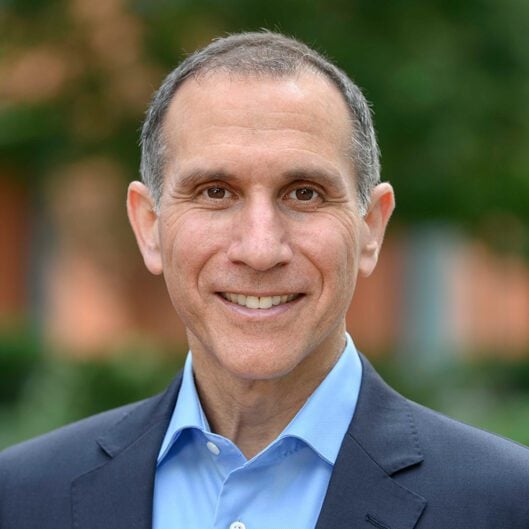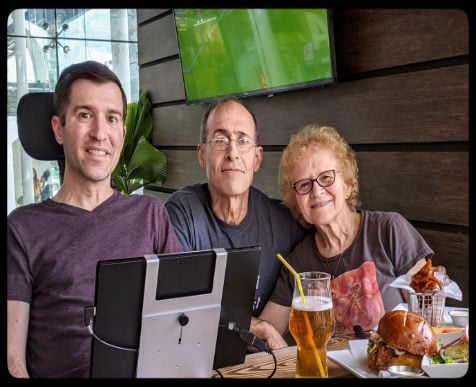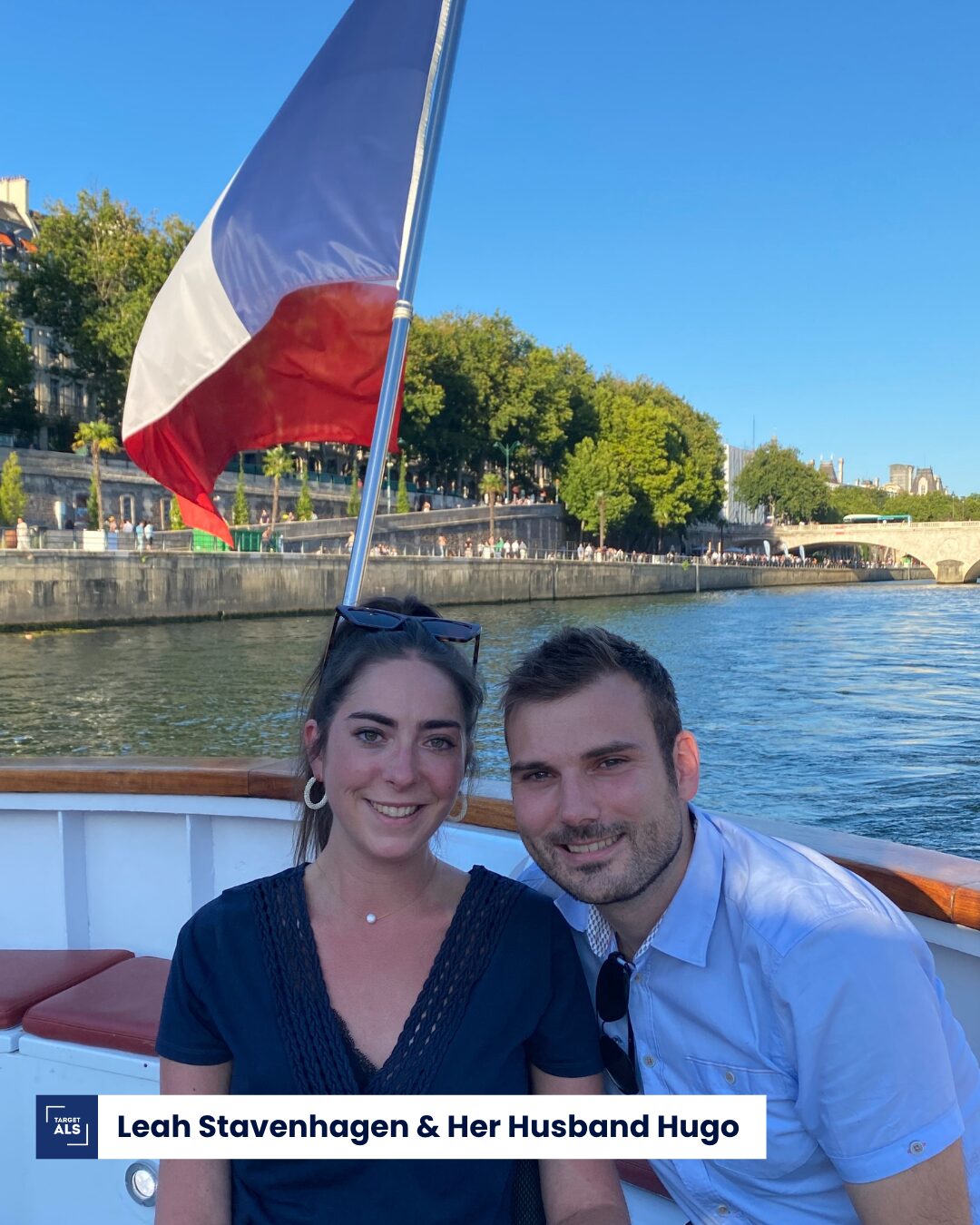Insights into amyotrophic lateral sclerosis (ALS) are expanding globally, and Israel is set to play a pivotal role in one of the most comprehensive ALS studies to date—the Target ALS Global Natural History Study. With Dr. Marc Gotkine, founder and head of Hadassah’s ALS Clinic and neurologist at Hadassah University Hospital, leading efforts in Israel, this initiative marks a significant step toward understanding the disease in underrepresented populations.
Bridging Gaps in ALS Research
ALS is a heterogeneous disease, meaning it has multiple potential causes and varied progression patterns. However, most existing research focuses on a limited genetic and ethnic population, leaving critical knowledge gaps. Target ALS is determined to address these gaps by enrolling at least 800 symptomatic ALS participants and 200 healthy controls from diverse backgrounds, ensuring that future treatments are effective for all patients, regardless of ethnicity or geography.
The study will collect longitudinal biofluid samples (blood, urine, and cerebrospinal fluid) and track motor, cognitive, speech, and respiratory functions over time. This high-resolution data is expected to revolutionize biomarker discovery, helping researchers predict and monitor disease progression more effectively.
Israel’s Unique Role in ALS Research
Dr. Gotkine’s Hadassah ALS Clinic has been a hub for ALS research since its establishment in 2008. His team has long recognized the importance of structured clinical data collection, building a robust patient database that includes genetic backgrounds, symptom progression, and environmental factors. This approach aligns seamlessly with the comprehensive data-driven strategy of the Target ALS study.
Israel presents a unique genetic and demographic profile that makes it a valuable addition to the study. Dr. Gotkine highlights three key factors:
- Large Family Sizes – It is common for individuals to have 12 or more siblings, allowing researchers to study genetic inheritance patterns more effectively.
- High Consanguinity Rates – In certain populations, close familial marriages increase the likelihood of identifying recessive genetic factors related to ALS.
- Genetically Isolated Communities – Many Jewish and Arab populations in Israel have maintained distinct genetic lineages, providing a rare opportunity to study ALS within specific ethnic groups.
“These genetic characteristics make Israel an invaluable partner in ALS research,” Dr. Gotkine explains. “If we don’t study this generation now, we may miss crucial insights, as future generations will be far more genetically diverse.”
High-Resolution Data: The Key to Unlocking ALS Mysteries
What sets this study apart from previous ALS natural history studies is its granular approach to data collection and the end-to-end oversight of data collection and study operations. While many studies focus on broad patient groups with minimal burden, Target ALS prioritizes data quality, gathering high-resolution clinical and biomarker data while aiming to reduce patient burden.
Dr. Gotkine believes this method is essential:
“We can only detect key disease patterns when we collect detailed, high-resolution data. While broad studies are useful, they often lack the precision needed to uncover critical insights.”
By analyzing genetics, biomarkers, and patient progression at an unprecedented level, the study aims to identify early warning signs of ALS, develop personalized treatment approaches, and ultimately accelerate the path to a cure.
Engaging ALS Patients in Israel
The Hadassah ALS Clinic is currently in the final approval stages before launching its patient recruitment for the study. Once activated, all eligible ALS patients will be invited to participate.
Dr. Gotkine anticipates a strong willingness to contribute, as ALS patients and families in Israel have shown overwhelming support for research. A key part of the study is collecting longitudinal CSF from patients over a period of 18 months. Cerebrospinal fluid (CSF) is a protective fluid that surrounds and protects the brain and spinal cord. It’s a powerful source of biomarkers, such as proteins and RNA, that can reveal crucial insights into disease processes in the central nervous system. While collecting CSF requires a spinal tap, an invasive procedure, Dr. Gotkine remains optimistic about patient participation.
“ALS patients are incredibly altruistic,” he says. “Even when research won’t benefit them directly, many are eager to contribute, knowing their participation could help future patients.”
A Step Toward a Future Without ALS
The Target ALS Global Natural History Study represents a monumental step forward in ALS research, particularly for underrepresented populations. By involving diverse patient groups and cutting-edge data collection methods, this initiative will reshape our understanding of ALS progression and treatment.
For Dr. Gotkine and his team in Israel, this study is more than just research—it is a mission to ensure no ALS patient is left behind.
“Science is moving at an exponential pace,” Dr. Gotkine reflects. “With every new discovery, we come closer to real breakthroughs. This study is a testament to the power of global collaboration in the fight against ALS.”




